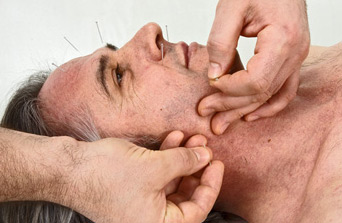
WHAT IS ACUPUNCTURE AND WHAT IS IT USED FOR?
Acupuncture, known to almost everyone, is a method dating back nearly 6,000 years that is used to eliminate diseases or dysfunctions that occur in the body. In this method, needles can be inserted into approximately 400 points on the body in varying quantities depending on the location. With the establishment of the People's Republic of China in 1949, acupuncture came back into the spotlight and rapidly gained popularity through its integration with Western medicine and scientific studies.Since then, acupuncture has advanced with the contributions of countless Western scientists. French Dr Paul NOGIER, who introduced the "ear diagnosis and treatment method", originally known as "Auriculotherapy-Auriculomedicine", made a significant contribution to shaping acupuncture as it is known today.
The effects of acupuncture can be summarised as follows:
1. Analgesia
2. Regulation of the autonomic nervous system
3. Sedation
4. Relaxation
5. Stimulation of the immune system
6. Vasodilation
7. The effects of acupuncture are explained by anatomical, histological, embryological, biophysical, biochemical, neurophysiological and physiological mechanisms. Numerous scientific studies have been conducted, particularly on its analgesic effect.
Controlled studies have found that acupuncture is significantly more effective than placebo for many types of pain, and that its effectiveness in chronic pain is comparable to that of morphine.